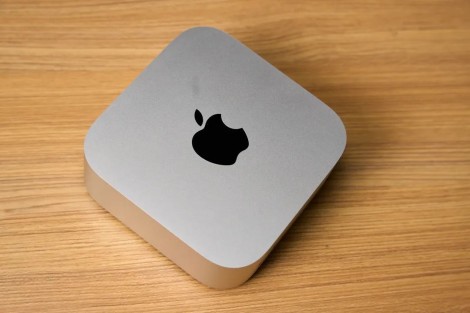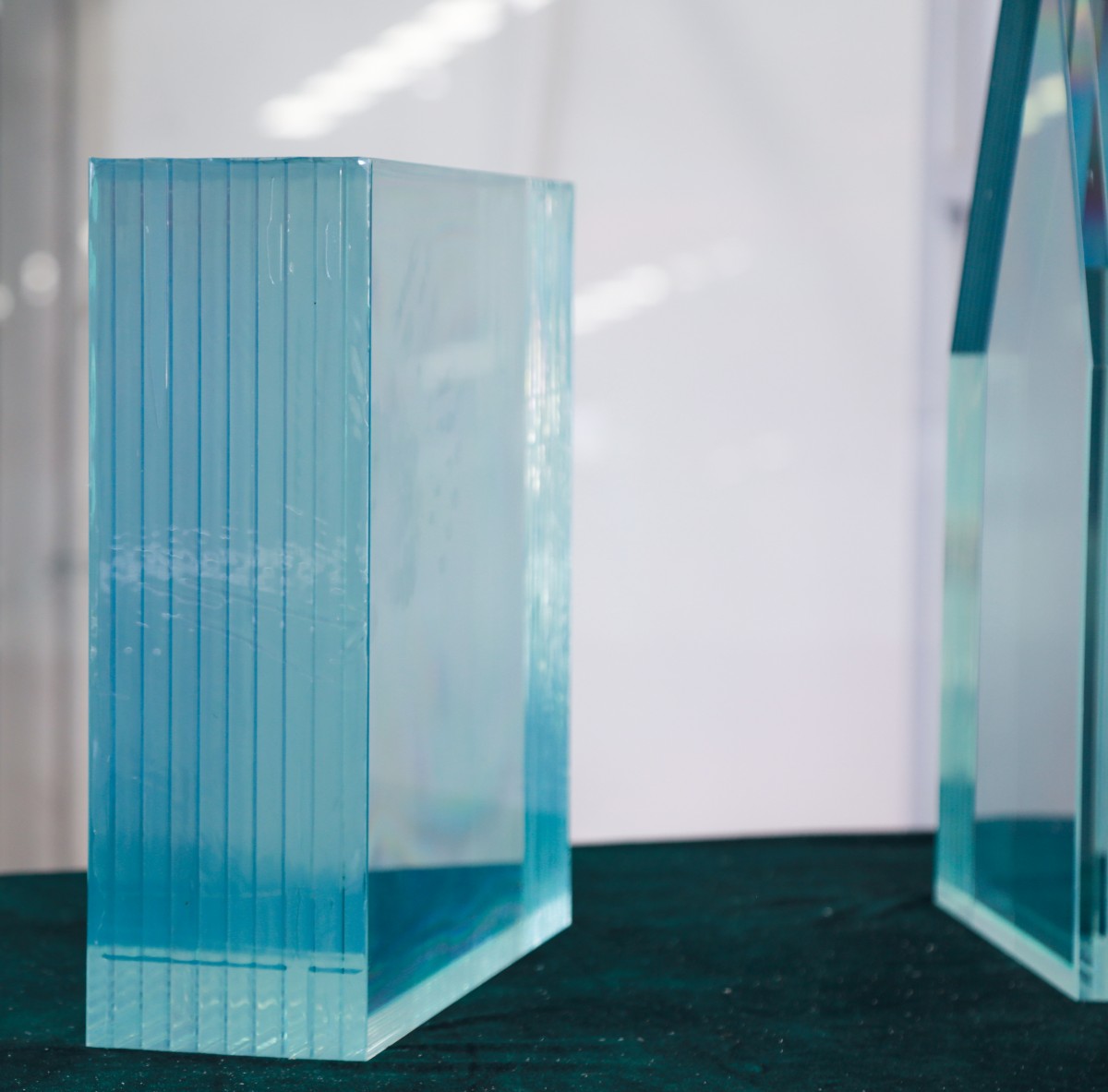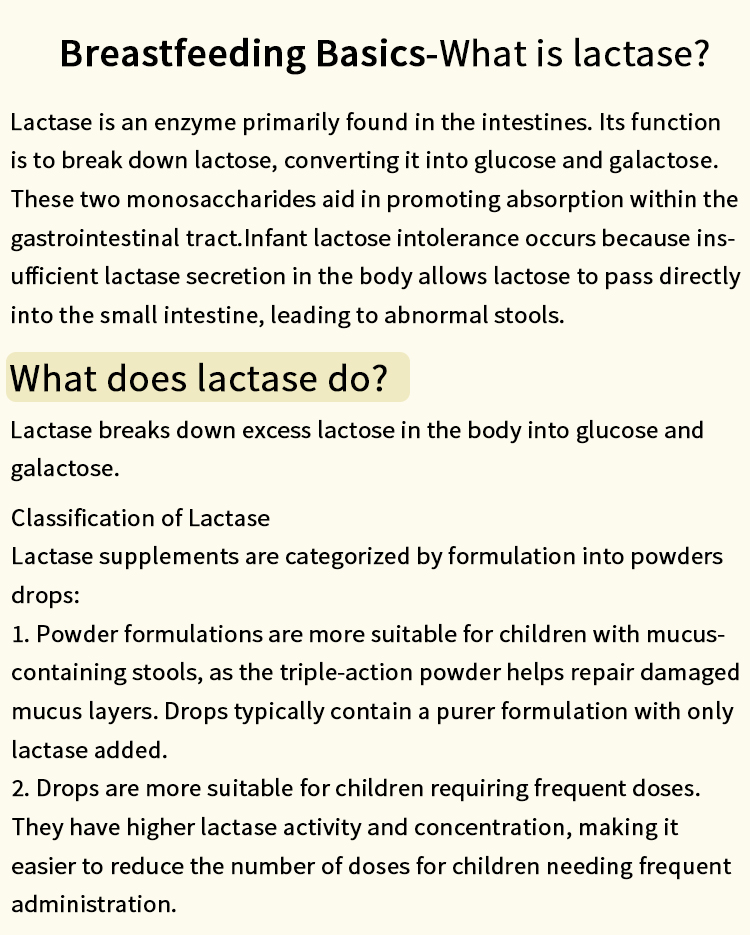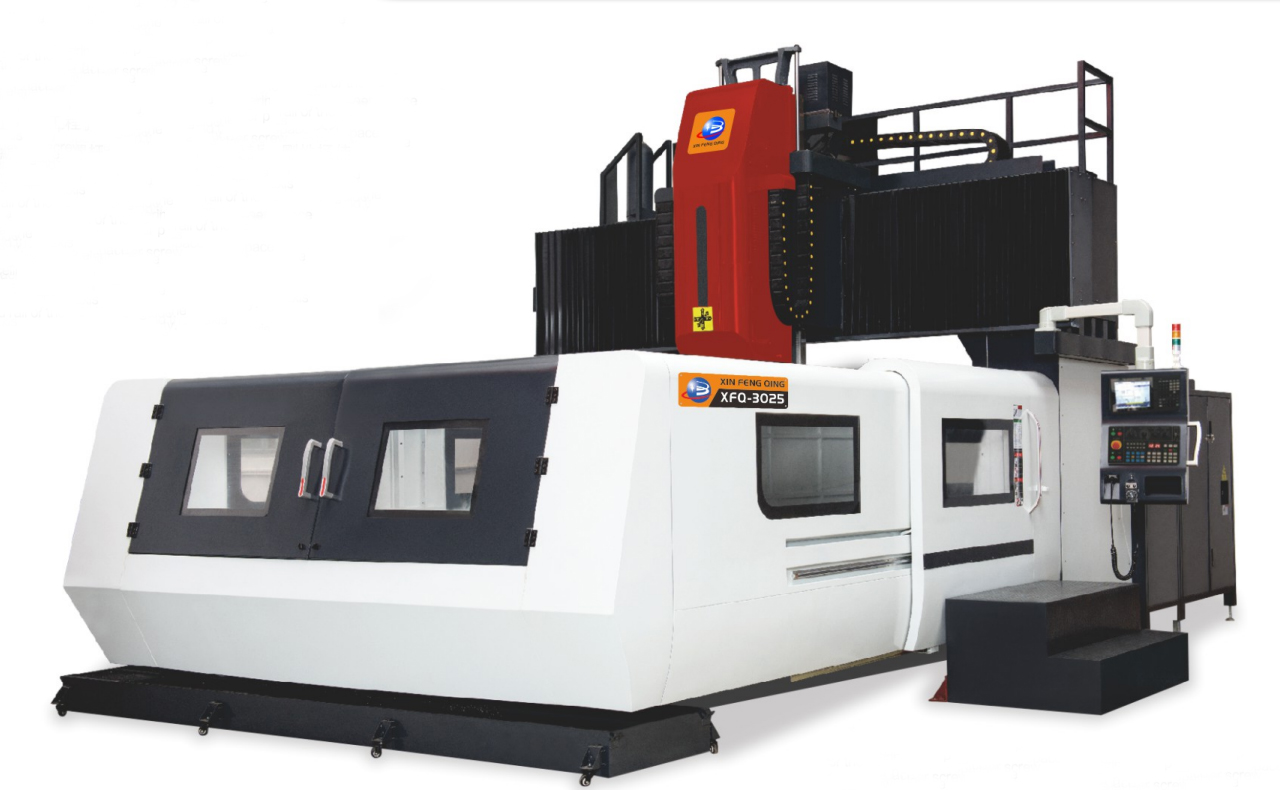In the realm of digital output devices, the terms printer and plotter often surface, yet many users remain unclear about their fundamental differences. While both serve the purpose of producing hard copies of digital content, their functionalities, applications, and underlying technologies diverge significantly. This article delves into the nuances that set printers and plotters apart, providing a comprehensive understanding for professionals and enthusiasts alike.
Understanding the Basics
At their core, printers and plotters are both output devices designed to convert digital files into physical formats. However, the type of output they produce and the methods they employ vary greatly.
Printers are primarily designed for producing text and images on paper. They are ubiquitous in homes and offices, catering to everyday printing needs such as documents, photographs, and presentations. Printers can be further categorized into inkjet, laser, and dot matrix types, each utilizing different technologies to achieve high-quality prints.
Plotters, on the other hand, are specialized devices used for producing large-scale graphics and technical drawings. They excel in rendering vector graphics, making them indispensable in fields such as engineering, architecture, and graphic design. Unlike printers, which typically use a series of dots to create images, plotters use a pen or a series of pens to draw continuous lines, resulting in precise and detailed outputs.
Key Differences Between Printers and Plotters
- Output Quality and Precision
One of the most significant differences lies in the output quality and precision. Printers are optimized for producing high-resolution images and text, making them suitable for everyday printing tasks. However, when it comes to intricate designs or large-scale graphics, printers may fall short in accuracy.
Plotters, conversely, are engineered for precision. They can produce detailed line drawings and complex graphics with exceptional accuracy, making them the preferred choice for technical applications. The ability to create smooth curves and fine lines is a hallmark of plotter technology, which is crucial for architectural blueprints and engineering schematics.
- Media Compatibility
Printers are versatile in terms of media compatibility, capable of handling various paper sizes and types, including glossy photo paper, cardstock, and standard office paper. This flexibility allows users to print a wide range of materials, from flyers to professional reports.
Plotters are designed to work with larger media formats, often accommodating rolls of paper that can be several feet wide. This capability is essential for producing large-scale prints such as banners, posters, and detailed maps. Additionally, plotters can work with specialized materials like vinyl and fabric, which are often used in signage and textile design.
- Speed and Efficiency
When it comes to speed, printers generally outperform plotters in producing standard documents. Modern inkjet and laser printers can churn out pages at impressive rates, making them ideal for high-volume printing tasks.
Plotters, however, tend to be slower due to the complexity of the drawings they produce. The meticulous process of moving the pen across the media to create detailed graphics requires more time. While this may be a drawback for some users, the trade-off is the superior quality and precision that plotters offer.
- Cost Considerations
Cost is another critical factor when distinguishing between printers and plotters. Printers are typically more affordable and accessible for home and office use. The initial investment is lower, and ongoing costs for ink or toner can be managed with careful usage.
Plotters, while more expensive upfront, are a worthwhile investment for businesses that require high-quality technical drawings and graphics. The cost of maintenance and specialized ink can be higher, but the return on investment is evident in the quality of work produced.
Applications and Use Cases
Understanding the applications of each device can further clarify their differences.
- Printers are ideal for everyday tasks such as printing reports, brochures, and photographs. They are widely used in homes, schools, and offices, where versatility and convenience are paramount.
- Plotters find their niche in specialized fields. Architects use plotters to create detailed blueprints, while engineers rely on them for technical drawings. Graphic designers also utilize plotters for producing large-scale artwork and signage, where precision and detail are critical.
Conclusion
In summary, while printers and plotters may share the common goal of producing physical outputs from digital files, their differences are profound. Printers excel in versatility and speed, making them suitable for everyday tasks, while plotters shine in precision and detail, catering to specialized applications in technical fields. Understanding these distinctions can help users make informed decisions based on their specific needs, ensuring they choose the right device for their printing requirements. As technology continues to evolve, both printers and plotters will adapt, but their core functionalities will remain distinct, serving their respective markets effectively.





+ There are no comments
Add yours